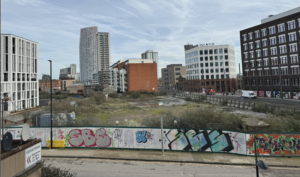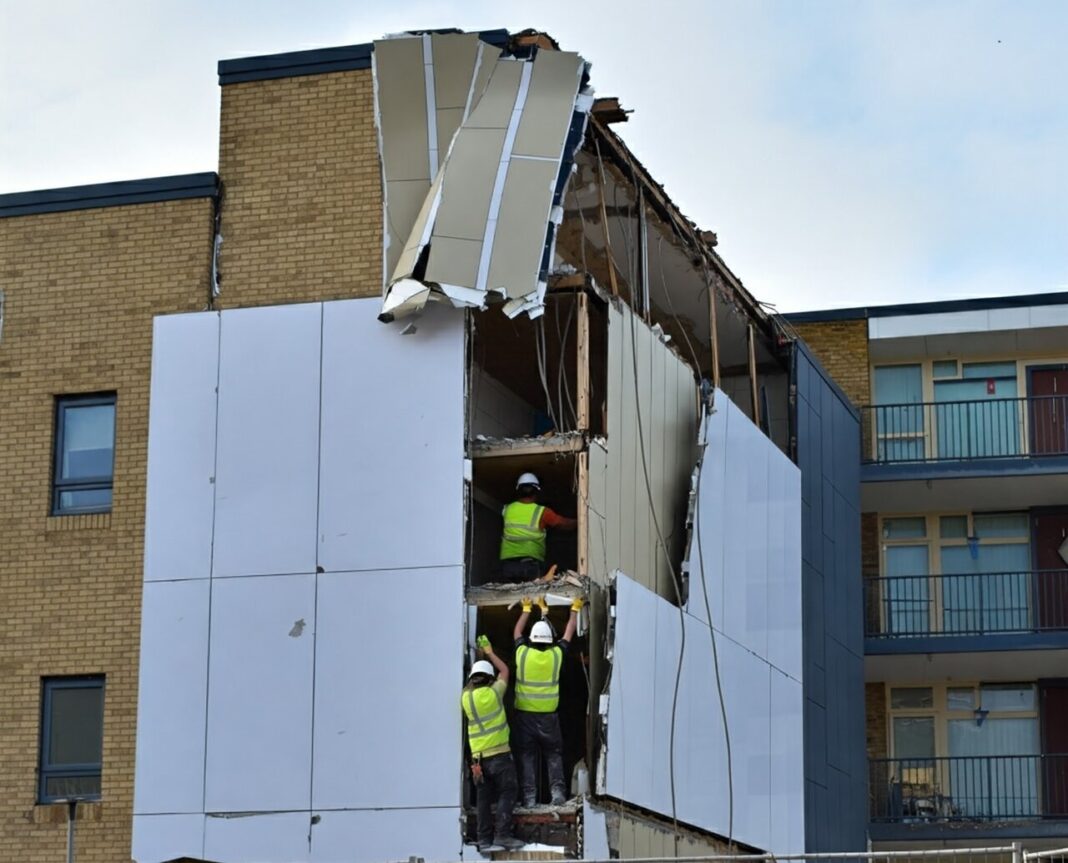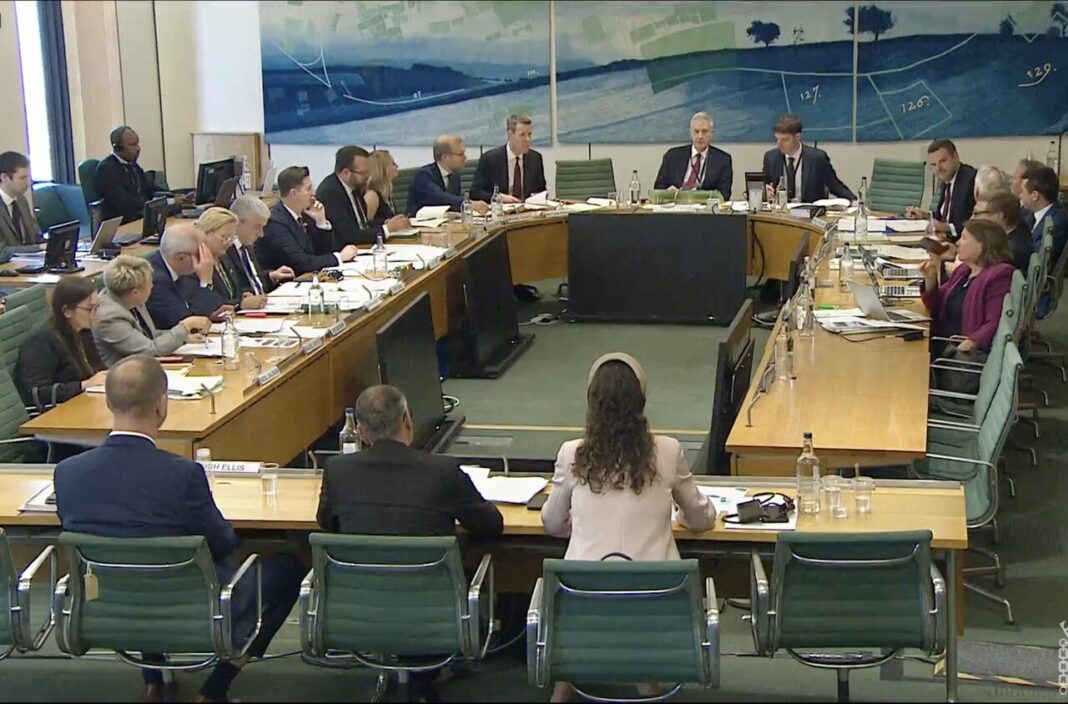Latest analysis from property tech firm Property Inspect suggests that the government’s proposed Building Safety Levy could cost developers in England up to £455 million every year.
The levy, which forms part of the post-Grenfell building safety reforms, is intended to fund safety remediation works without shifting the financial burden onto homeowners.
Introduced by the Building Safety Act 2022, the levy will apply to most new residential developments in England, with charges calculated per square metre and varying by local authority.
It is expected to apply regardless of whether the development occurs on previously developed or undeveloped land.
HIGH IMPACT AREAS
Originally set for introduction in 2025, the government postponed the implementation of the levy until autumn 2026, citing the need to provide developers more time to adjust project plans and financial forecasts.
The Property Inspect research models levy charges using local authority rates proposed in a government consultation, alongside average new-build sizes.
The data indicates that the levy will impose the highest per-property costs in central London boroughs.
In Kensington and Chelsea, where the proposed levy on undeveloped land is £100.35 per square metre, a standard new-build of 67.82 square metres would incur a levy of £6,806. On previously developed land, where the rate is halved to £50.17, the cost per unit would be £3,403.
Westminster follows closely, with per-property levies estimated at £6,647 on undeveloped land and £3,324 on developed sites.
Other high-cost boroughs include Hammersmith and Fulham (£6,231 undeveloped), Camden (£5,908), and the City of London (£5,903).
At the lower end of the scale, authorities in the North East and North West are expected to face much smaller charges.
In County Durham, the average levy on undeveloped land would be £861 per property, followed by Hartlepool (£869), Pendle (£889), and both Middlesbrough and Burnley (£922).
REVENUE PROJECTIONS

Applying the proposed levy rates to the number of new homes completed in each local authority during 2023–24, Property Inspect estimates that if all homes were built on undeveloped land, the levy would have generated £455 million in revenue.
If all new homes were built on previously developed land, the revenue would have been £227.5 million.
Wandsworth would have been the largest single contributor under the model, with developers facing a combined levy of £11.2 million.
Other significant contributions would have come from Newham (£9.3 million), Barnet (£9.1 million), Westminster (£8.4 million), and Ealing (£8.3 million).
SECTOR IMPLICATIONS
The analysis comes amid continued debate over how to finance building safety improvements without deterring new housing delivery.
While the levy is intended to help fund critical remediation, there are growing concerns in the development sector over its potential impact on project viability—particularly in areas already facing high land and construction costs.
The government is expected to provide further guidance ahead of the levy’s implementation in 2026, including any exemptions or adjustments based on economic or regional factors.
VALUABLE BREATHING SPACE

Sian Metcalfe, Operations Director at Property Inspect, says: “At Property Inspect, we recognise the critical importance of ensuring building safety and the rationale behind the Building Safety Levy.
“The recent announcement delaying its introduction until Autumn 2026, offers the sector valuable breathing space to better assess the policy’s structure and long-term implications.
“Our analysis has shown how significantly the levy could affect development viability, particularly in high-value urban areas.”
CONSIDERED APPROACH
And she adds: “While we welcome the delay, we also echo the British Property Federation and RICS in urging a more considered, consultative approach during this time, especially regarding the inclusion of build-to-rent and purpose-built student accommodation, which risk being unfairly impacted.
“We now have a crucial opportunity to recalibrate the levy’s design, ensuring it supports remediation goals without undermining housing delivery.”









